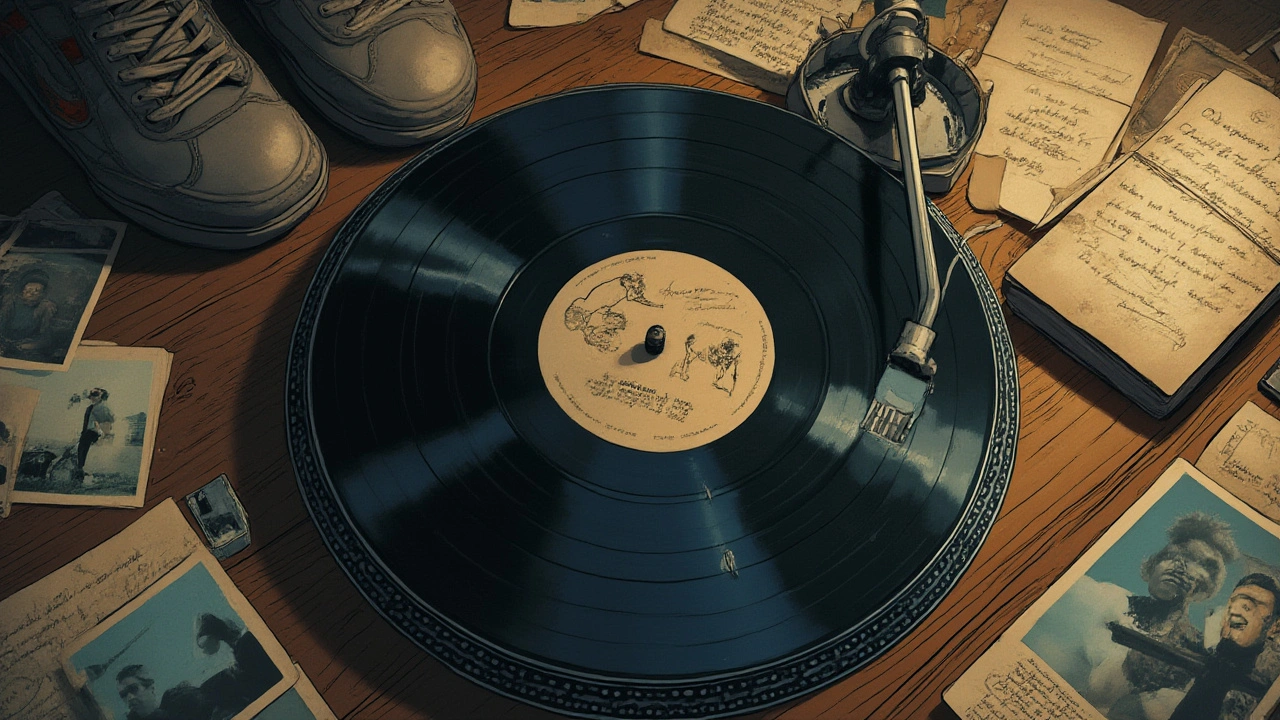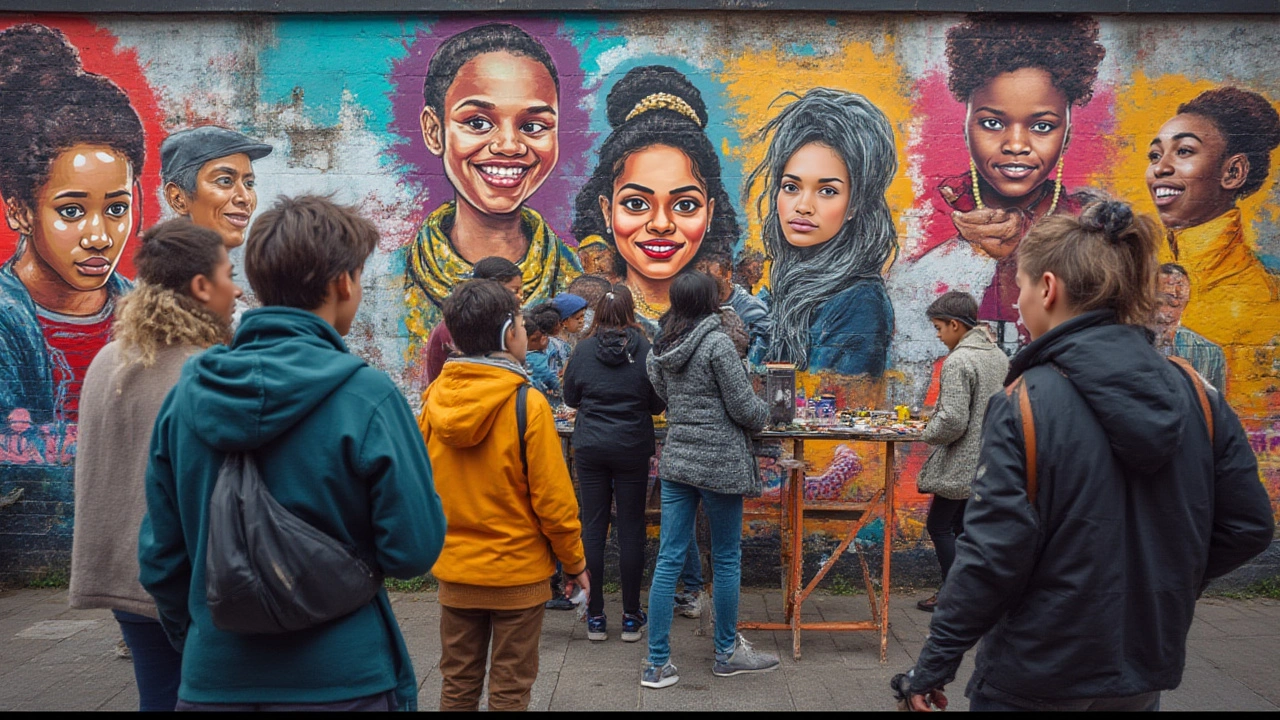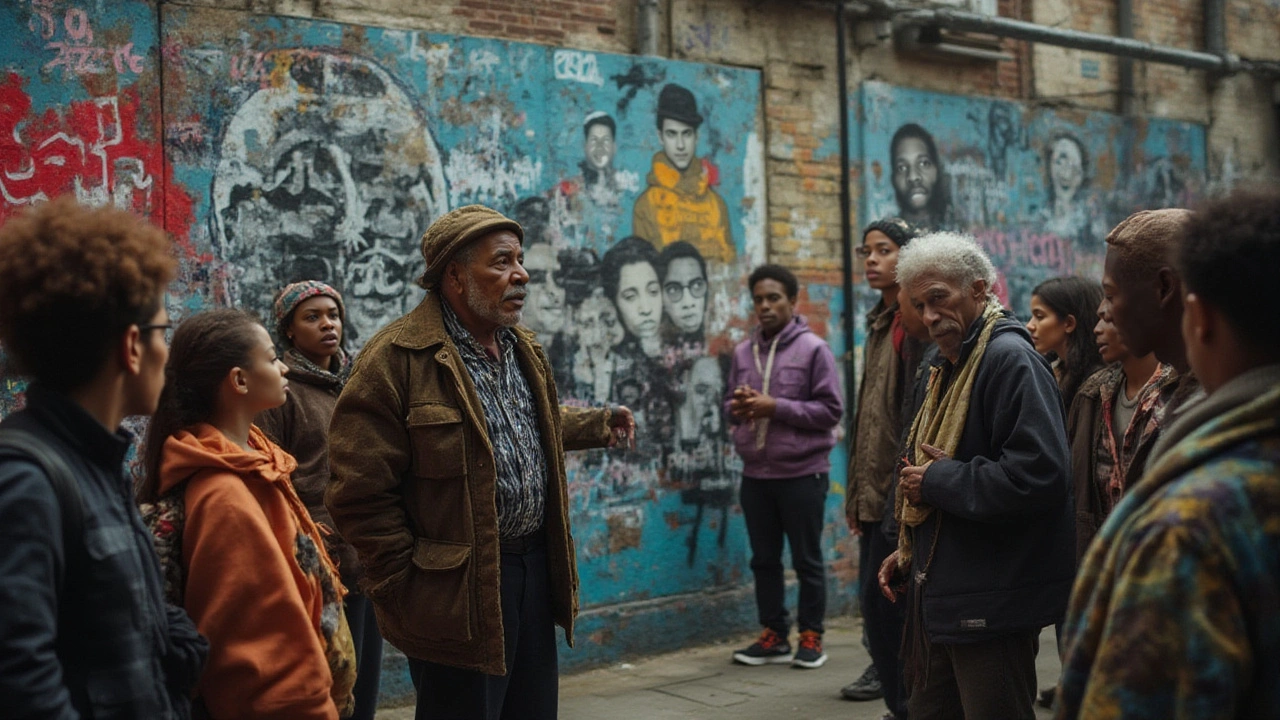Flip on the radio, and you'll hear rhymes about slick cars or heartbreak, but scratch beneath the surface and hip hop music is a treasure trove of history. This isn’t just artists flexing or venting—every verse often holds the story of real neighborhoods, tough times, political shifts, or big cultural moments. Hip hop has been called the modern-day newspaper for communities that mainstream outlets tend to ignore. It’s like a living diary, rich with personal truth and collective memory. When my son Alaric first rapped along to Grandmaster Flash’s “The Message”, he didn’t get all the references, but wow, was he catching a glimpse of what early '80s New York was really like for the people living through it.
Public Enemy rapped about Chuck D’s fear of public housing inequality and biased policing long before cable news shows took notice. Tupac Shakur painted vivid pictures of life amid violence, poverty, and hope. N.W.A’s “F*** tha Police” wasn’t just about rebellion—it spelled out a specific frustration rooted in real events from the streets of Compton. What’s wild is, a 2019 study from Cambridge tracked hip hop lyrics and found you could chart spikes in political protest alongside the release of anthems like “Fight the Power” and Kendrick Lamar’s “Alright.” Hip hop has archived not just the gritty details of daily life, but the emotional weight of living through crisis. That’s the deep stuff—these songs make listeners feel the urge to act, not just nod to a beat.
Hip Hop as Historical Record: Chronicling a Generation
Walk into any classroom now, and you might see history teachers playing J. Cole or Lauryn Hill to frame a discussion. While textbooks skim over specifics, hip hop does the opposite; it zooms in. The first block parties in the South Bronx were ground zero for modern hip hop, built on the ashes of buildings torched for insurance money when the city government looked the other way. Grandmaster Flash’s “The Message” wasn’t fiction—it described the crumbling schools, unsafe housing, and looming threat of gangs, all becoming part of a permanent record far more vivid than stats or headlines.
Looking at rap through a historian’s eyes, you get the context the news leaves out. East Coast crews like Boogie Down Productions with “South Bronx” answered West Coast voices, creating East vs. West rivalries rooted in genuine regional pride and pain. Nas’s “Illmatic” is basically an oral autobiography—the lines about broken elevators, summer block parties, gunshots, and cop cars blaring outside his window aren’t metaphor, they’re memories. Hip hop has catalogued everything: the crack epidemic, stop-and-frisk policing, the emergence of Black-owned businesses, even details of Hurricane Katrina in Lil Wayne’s south Louisiana raps.
The trend isn’t new, but technology has changed how fast these moments get set in stone. Word of George Floyd’s murder went global in hours, and hip hop delivered immediate response. Within weeks, you could find tracks online—sometimes with millions of plays—giving real-time witness testimony you’d never find in a newspaper’s opinion section. People start debates about fact vs. fiction in lyricism, but the emotional detail—the stuff you only get from actually being there—is hard to ignore.

Cultural Reflections and Real-World Impact
Charts and awards won’t tell you much about hip hop’s biggest legacy. Instead, it’s the way tracks echo through society—in protests, social media, and living rooms alike. There’s a reason “Alright” by Kendrick Lamar became a rallying cry at so many Black Lives Matter marches. In fact, researchers from Princeton’s music department found that whenever movements for equality surged, hip hop lyrics spiked in themes of protest, unity, and hope, almost as if they set the tone of the era.
When Run DMC fused hip hop and rock on “Walk This Way,” they broke racial and genre barriers that helped change who thought hip hop was “for them.” Lyrics weren’t just inward-looking confessions—these artists were offering their world to outsiders, inviting new listeners to walk, and even dance, in their shoes. Later, Jay-Z rapped about his journey from Brooklyn’s Marcy Projects to billionaire, turning real estate hustle and street knowledge into blueprints kids like Alaric could dream on. When you hear UK grime from Stormzy or French rap from IAM, you see the pattern travel worldwide: local issues get broadcast through a global mic. It isn’t exaggeration—the United Nations used hip hop to build cultural bridges in youth programs during and after the Arab Spring.
Is hip hop a perfect history? Of course not. But nothing gives voice to the voiceless quite like a mic, a beat, and a story. That’s why teachers, activists, sociologists—even the Smithsonian—look to hip hop for the mood music and headline-worthy moments that official records just can’t grab. Hip hop documents the beauty and the mess of community, conflict, and change.
| Album | Year | Historical Event/Theme | Artist |
|---|---|---|---|
| It Takes a Nation of Millions to Hold Us Back | 1988 | Civil Rights, Policing, Media | Public Enemy |
| Fear of a Black Planet | 1990 | Racial Tension, Afrocentrism | Public Enemy |
| Illmatic | 1994 | Urban Poverty, Crime | Nas |
| To Pimp a Butterfly | 2015 | Systemic Racism, Black Empowerment | Kendrick Lamar |
| All Eyez on Me | 1996 | Life Under Surveillance, Violence | 2Pac |
| DAMN. | 2017 | Social Inequality, Power Struggles | Kendrick Lamar |

Tips for Listening: Picking Up on Hip Hop’s Hidden Histories
Anyone can vibe out to a catchy hook, but catching the full weight of hip hop’s narratives takes a bit of active listening. Here’s what I tell my son, and what works for me:
- hip hop lyrics often use local place names, slang, or coded references—Google them or check Genius.com to unpack true stories hidden in lines you’d normally skip.
- Follow the trail from classic records to modern tracks; most big-name rappers reference earlier artists who shaped their sound and stories.
- Listen to hip hop from outside your city or country—local events shape perspective, so a drill song from Chicago won’t mention the same fears as a grime track from London.
- Check out documentaries like “Hip-Hop Evolution” or “Rubble Kings,” or podcasts like “Mogul” to get behind-the-scenes context that turns clever wordplay into full-blown history lessons.
- Pay attention when artists mention years, events, or dates—cross-check a few and see how reality matches up with the narrative.
- Some educators use hip hop as a teaching tool—don’t be shy about bringing it up next time you’re in a history or social studies class. It grabs attention and opens doors to honest discussion.
- Let yourself feel the emotion. Sometimes, a shouted chorus or a whispered line carries more truth about a moment in time than any page in a history book ever could.
Hip hop’s way more than a soundtrack—it’s a powerful history class, as close to living memory as you can get without being there. If you’re curious, start with the music. Who knows—you might end up reading, learning, even protesting in the streets, with beats and stories ringing in your ears.

